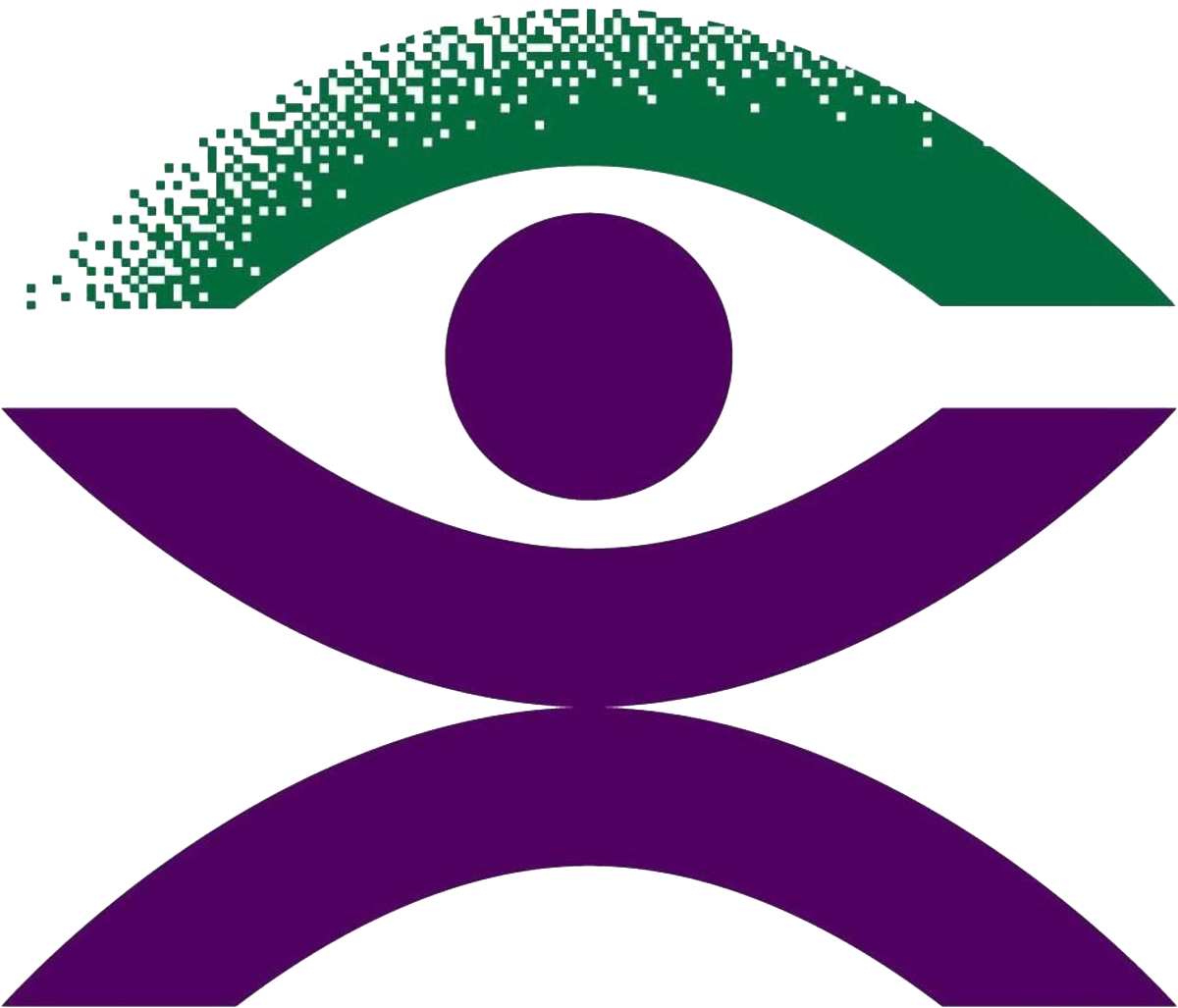By Ramona Mandy
Four years ago, I outlined in an article for this newsletter how I had the privilege of representing BCA as part of an expert advisory panel for a research project which was investigating 3D printing as a means to access graphical material by people who are blind or vision impaired. I wanted to report that the project has now concluded and was very successful in meeting its objectives. There were a number of positive outcomes from the study and I wanted to share a little about the findings and associated developments with you here.
The investigation was carried out by researchers from Monash University’s Inclusive Technologies department of the IT Faculty, in partnership with several organisations from the blindness community: the Round Table for Information Access for Print Disabilities Inc., the Department of Education Victoria, Guide Dogs Victoria, NextSense (formerly RIDBC) and the Royal Society for the Blind.
At the start of the project back in 2018, it was generally thought that 3D printed models may be easier to understand than tactile graphics, but such models had not yet been used within the blindness community in Australia and New Zealand beyond one or two isolated examples. The project aimed to transform the provision of accessible graphics within Australia by overcoming existing barriers to the production and use of 3D printed models, particularly for education and Orientation & Mobility (O&M) training.
Initially planned for three years, COVID lockdown restrictions saw the project extended to 4 years. In this time, significant steps have been made towards overcoming these barriers. Previously, guidelines for the use and design of 3D printed accessible models didn’t exist and the blindness sector needed support to build capacity for 3D printing production. Some of the achievements coming from the hard work of the project staff are described here.
There is now a set of guidelines for 3D printing for touch readers which has been published on the Round Table website, findable at: https://printdisability.org/about-us/accessible-graphics/3d-printing/.
The evidence-based guidelines cover a wide range of topics, including when to use 3D printing, where to find pre-existing models, recommended software to design your own 3D models, 3D printing services, labelling 3D models, preparing 3D prints for touch readers, touch reading 3D printed models, and how people who are blind or have low vision can do their own 3D modelling and printing.
A lot of awareness raising around the issues of how 3D printing can address access to graphics for people who are blind or vision impaired has been done through numerous presentations, workshops and displays at conferences, professional development sessions and assistive technology showcases for vision specialist teachers, O&M professionals, parents, students who are vision impaired, disability service providers and the general public.
Networks of professionals and users in this space have been formed for the purpose of ongoing collaboration. There are now in-person and online groups and social media forums to allow Australians and New Zealanders to continue to share knowledge, ideas and resources for 3D printing.
This all has served to support the successful adoption of 3D printing for touch readers in Australia and New Zealand across seven organisations – the Victorian, NSW, SA and ACT Departments of Education, NextSense, BLENNZ and Vision Australia. Australia is now a world leader in 3D printing for accessibility, with expertise that is sought by international professionals.
Most importantly, touch readers have benefited from improved access to learning materials and maps to support education, independence and inclusion.
The job of the Expert Advisory Group was to ensure the research was taking the right direction and staying on track. Apart from the investigators, the group comprised of representatives from Round Table, the Victorian Department of Education, Guide Dogs Victoria, Royal Society for the Blind, Tactile Mapping Solutions, Vision Australia and BCA. This brought together many experienced people in the field of education for blind people. What pleased me was that I was only one of five blind people on the advisory group. So, the “touch reader” perspective was certainly given a good hearing.
As I am in Melbourne, I also was fortunate enough to be a touch reader tester and felt many samples and could provide feedback on a range of questions around models. The touch testing was done with a significant number of blind and sighted testers.
As O&M was an area of focus, a corpus of 3D representational icons for future use on maps of shopping precincts, parks and playgrounds has been developed. Similarly, STEM education topics was the other focus, and we now have the creation of accessible 3D printed models to support education, which have been shared publicly on Thingiverse, a public repository of 3D print models, and used in classrooms.
Teachers reported that the 3D models were preferred over tactile graphics because they were more tactually distinct, easier to understand, gave more information about dimensions in 3D and were more engaging. They also contributed positively to inclusion, with many of the 3D models being shared with the non-vision impaired students in the class.
I believe this project has kick-started the growth and spread of the use of 3D printing for access to graphical material by people who are blind or vision impaired in Australia. As identified by the research, there is a need for more 3D model designs that are suitable for touch readers, in more education subject areas and for adults as well as children. More training is needed for those in blindness agencies and organisations to design and produce 3D printed models. Additionally, more sharing of models needs to be facilitated. However, with the guidelines, networks and awareness that have come out of this project, I feel we are now at a point where 3D printing can soon become another feasible alternative format for information access for Australians who are blind or who have low vision.

